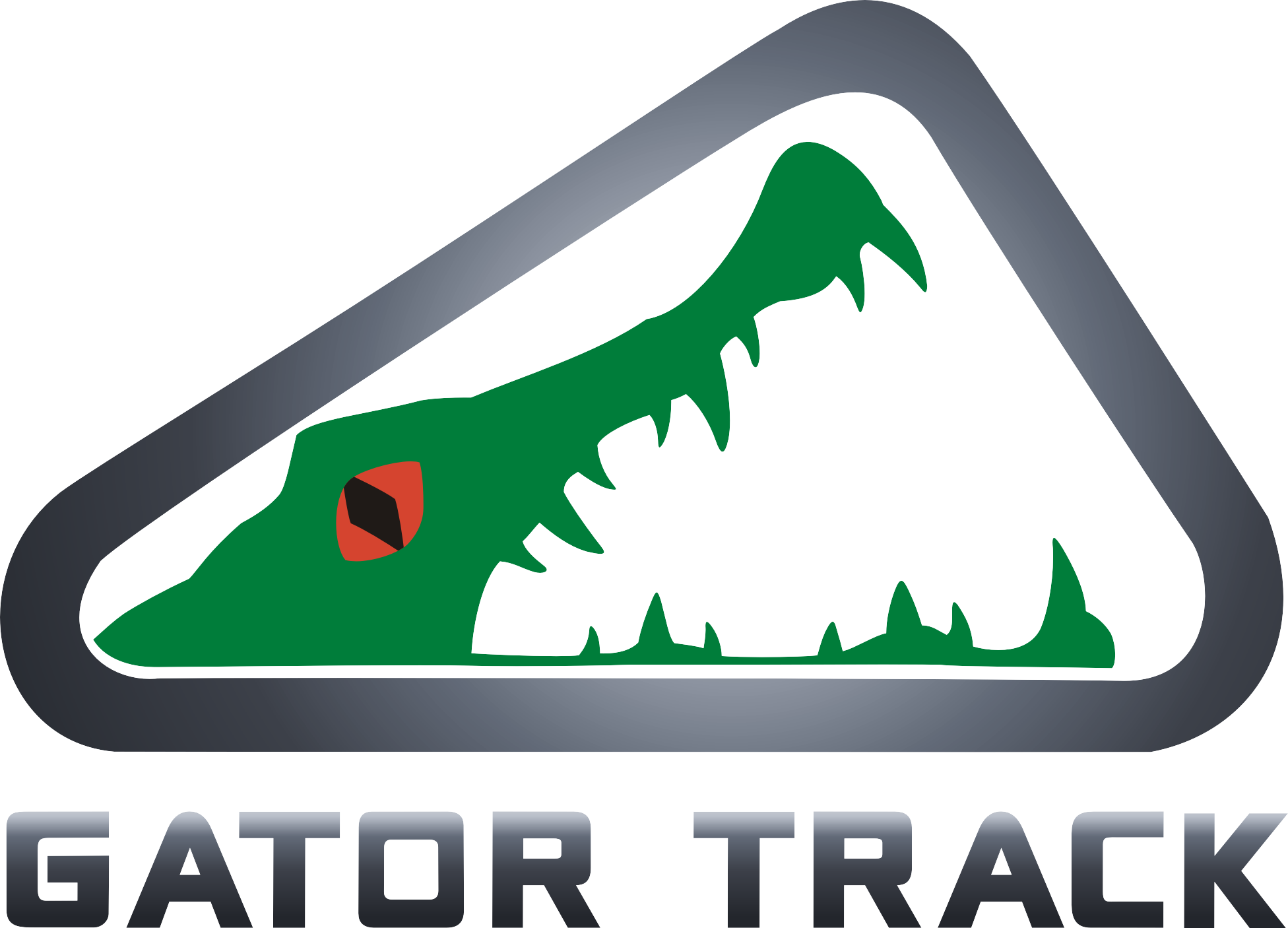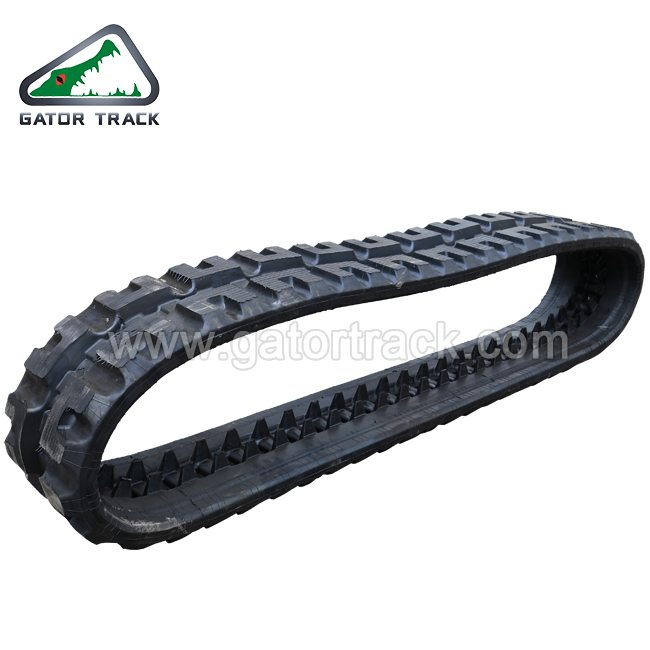
Skid Steer Rubber Tracks
Skid steer loader tracks, also known as skid steer rubber tracks, have become an important part of various industries due to their versatility and efficiency. These tracks offer numerous advantages in different sectors, making them a popular choice for construction, agriculture, road construction, mining, quarries, and urban development.
Characteristics of skid steer rubber tracks
Material and structure:
Skid steer rubber tracks are typically made from a high-quality rubber compound and reinforced with internal steel wire ropes. The combination of rubber and steel provides the necessary strength and flexibility to withstand harsh work environments. The tracks are constructed to evenly distribute the weight of the machine, reduce ground pressure and minimize damage to sensitive surfaces.
Wear resistance:
The wear resistance of skid steer rubber tracks is a key factor in their service life and performance. High-quality tracks are engineered to resist wear, cut and tear, ensuring they can withstand rough terrain and harsh working conditions without compromising their integrity. This feature is critical to maximizing track life and minimizing downtime for track replacements.
Carrying capacity:
Skid steer loader tracks must have a high load-carrying capacity to support the weight of the machine and withstand heavy loads during operation. Tracks are designed and built to provide stability and traction, allowing the skid steer loader to easily navigate challenging terrain while maintaining optimal performance and safety.
Skid steer loader track maintenance methods
Proper maintenance is critical to ensuring the longevity and efficiency of your skid loader tracks.
1. Regular inspection for signs of wear, damage or loss of tension is crucial.
2. Keeping tracks clean, free of debris and ensuring proper tensioning are important maintenance practices.
3. It is also important to consider the operating environment of the skid steer loader. Tracks should be selected based on the specific terrain and conditions they will encounter to ensure optimal performance and longevity.
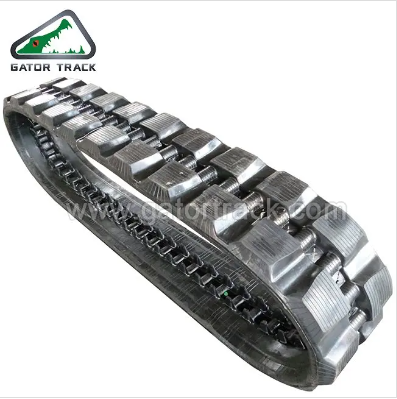
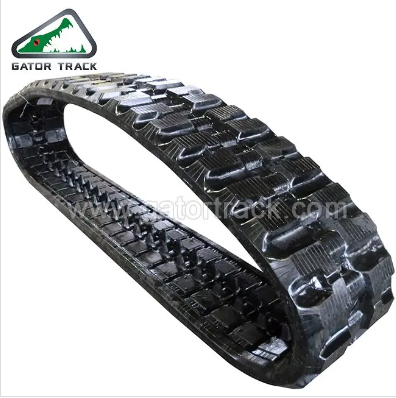
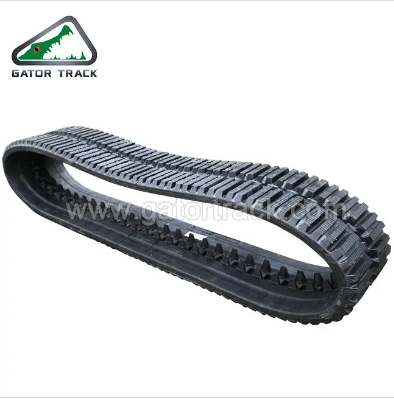
The application and role of skid steer rubber tracks in different fields
1. Construction site application:
Tracks for skid steer loaders are widely used on construction sites due to their ability to traverse rough terrain. Its excellent traction and stability make it ideal for tasks such as grading, excavation and material handling. The tracks provide enhanced maneuverability, allowing operators to work easily in confined spaces. Additionally, the track's reduced ground pressure minimizes damage to the site, making it suitable for sensitive surfaces.
2. Application in agricultural field:
In agriculture, skid steer loader tracks are used for a variety of tasks, including land clearing, planting, and harvesting. These tracks provide excellent traction on muddy or loose soil, allowing farmers to work efficiently in challenging conditions. Their lowland disturbance helps preserve soil structure, making them suitable for precision agricultural operations.
3. Application in road construction:
Skid loader tracks play a vital role in road construction by providing stability and traction on uneven surfaces. They are used for tasks such as grading, paving and removing asphalt. The tracks' ability to operate on slopes and rough terrain makes them valuable for road construction projects in different environments.
4. Application in mines and quarries:
In mining and quarrying operations, rubber tracks for skid steer are critical for material handling, site preparation and equipment transportation. The track's durability and load-carrying capacity make it suitable for heavy-duty applications in challenging environments. Their versatility allows them to traverse rocky terrain and tight spaces with ease.
5. Application in urban construction:
Mini skid steer tracks are widely used in urban construction projects due to their ability to work in tight urban spaces. From demolition to site clearance, tracks provide precise control and maneuverability, making them valuable for urban development projects.
Advantages of skid steer loader tracks (especially rubber tracks)
Tracks for skid steer are versatile and powerful machines used in a variety of industries from construction and landscaping to agriculture and forestry. These compact machines are known for their ability to maneuver in tight spaces and handle a variety of tasks. One of the key components of a skid steer loader is the track, which plays an important role in the performance and functionality of the machine. When choosing tracks for your skid steer loader, there are several options, including traditional tires and rubber tracks.
So what are the advantages of skid steer loader tracks (especially rubber tracks) over other types of tracks or traditional tires?
1. Stability
One of the main advantages of using tracks (especially rubber tracks) on a skid steer loader is the enhanced stability they provide. Unlike traditional tires, tracks distribute the weight of the machine more evenly over a larger surface area, reducing ground pressure and minimizing the risk of sinking or getting stuck in soft or uneven terrain. This increased stability allows skid steers to operate more efficiently on challenging surfaces such as mud, snow and loose gravel, making them a top choice for outdoor and off-road applications.
2. Impact on the ground
Tracks for skid steer loaders, especially rubber tracks, have less impact on the ground than traditional tires. Wider track coverage helps minimize ground disturbance, making it suitable for use in sensitive environments where soil compaction and vegetation damage need to be minimized. This is especially important in landscaping and construction projects, where protecting the integrity of the ground is critical. In addition, rubber tracks provide better traction and grip, making it easier and safer for the skid steer loader to travel on steep slopes and slippery surfaces.
3. Service life
In terms of longevity, skid loader tracks, especially high-quality rubber tracks, offer superior durability and longevity compared to conventional tires. Rubber tracks are designed to withstand the rigors of heavy-duty use, resisting wear and tear from abrasives and rough terrain. The extended service life not only reduces maintenance and replacement costs, but also ensures that the skid steer loader can operate efficiently for a long time without downtime.
4. Adaptability
Another advantage of skid steer loader rubber tracks is their ability to adapt to a variety of working conditions and applications. Rubber tracks are designed to flex and conform to the contours of the ground, providing better traction and stability on uneven surfaces. This adaptability allows skid steers to work in confined spaces and negotiate obstacles with ease, making them ideal for tasks such as digging, grading and material handling in construction and landscaping projects.
5. Controllability
Skid steer loader tracks, especially rubber tracks, provide better controllability and maneuverability than traditional tires. The enhanced traction and stability provided by the tracks give the operator greater control of the machine, especially in challenging terrain and adverse weather conditions. This enhanced controllability not only improves operator safety, but also increases productivity by enabling precise and efficient operation of the skid steer loader.
In conclusion, mini skid steer tracks, especially rubber tracks, offer a range of advantages over other types of tracks or traditional tires. From enhanced stability and reduced ground impact to extended service life, adaptability and improved controllability, tracks play a vital role in maximizing a skid steer loader's performance and versatility. When considering tracks for a skid steer loader, it is important to evaluate the specific requirements of the intended application and select a track that provides the best combination of durability, traction and performance. By choosing the right track for a skid steer loader, operators can optimize the machine's functionality and achieve excellent results in a variety of tasks and environments.
1.8 years of manufacturing experience
2.24-hour online after-sales service
3. Currently we have 10 vulcanization workers, 2 quality management personnel, 5 sales personnel, 3 management personnel, 3 technical personnel, and 5 warehouse management and cabinet loading personnel.
4. The company has established a quality management system in accordance with ISO9001:2015 international standards.
5. We can produce 12-15 20-foot containers of rubber tracks per month.
6.Gator Track has built enduring and solid working partnerships with many well-known companies in addition to aggressively growing the market and consistently extending its sales channels. Currently, the company's markets include the United States, Canada, Brazil, Japan, Australia, and Europe (Belgium, Denmark, Italy, France, Romania, and Finland).
7.We have a dedicated after-sales team that will confirm customers’ feedback within the same day, allowing customers to solve problems for end consumers in a timely manner and improve efficiency.
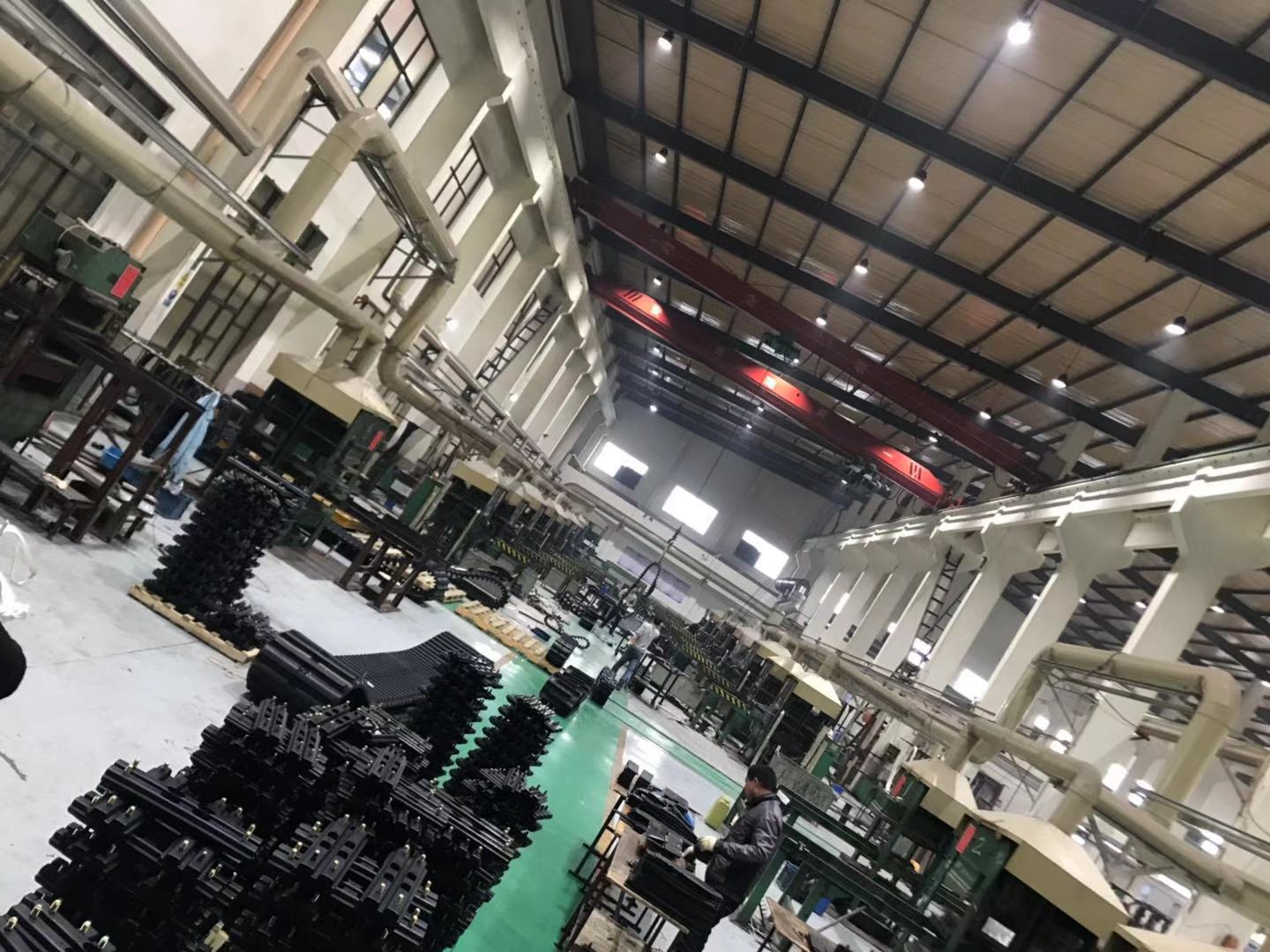
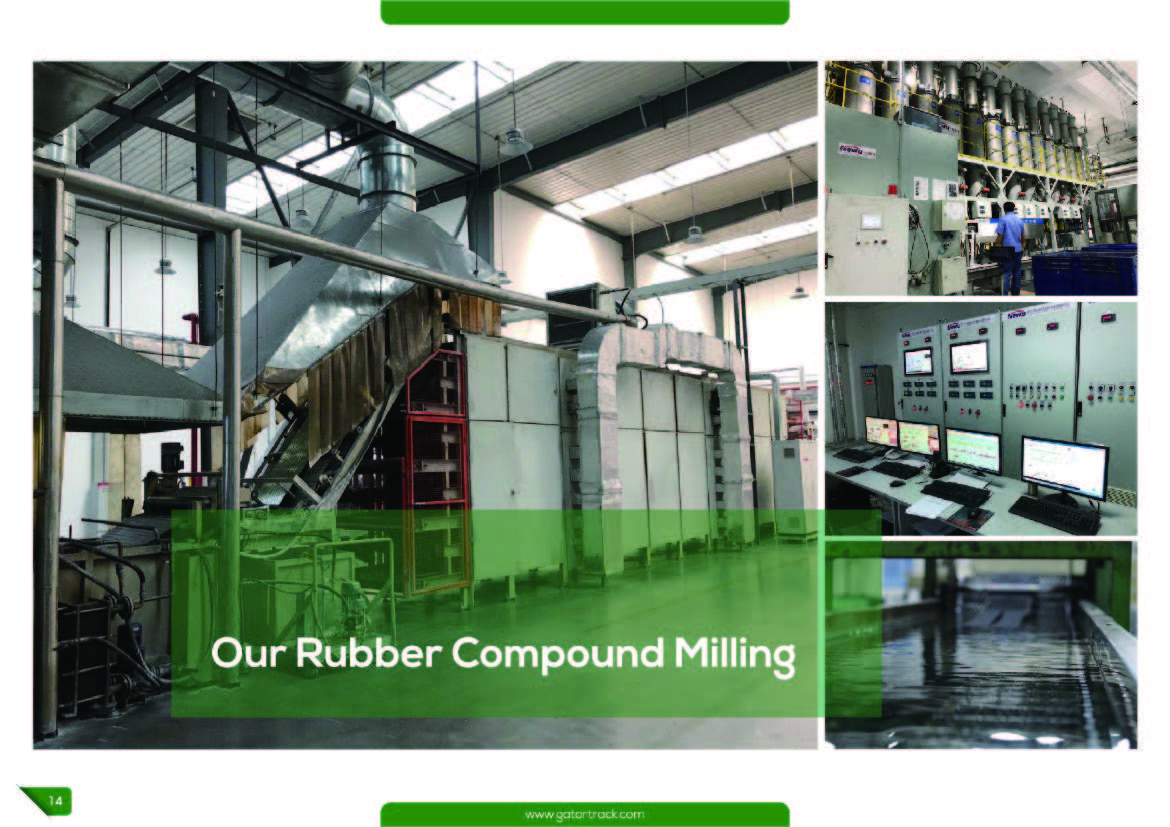
FAQS
1. What is your minimum order quantity?
We do not have a certain quantity requirement to start, any quantity is welcome!
2. How long is the delivery time?
30-45 days after order confirmation for 1X20 FCL.
3. Which port is closest to you?
We usually ship from Shanghai.
4. Can you produce with our logo?
Of course! We can customize logo products.
5. If we provide samples or drawings, can you develop new patterns for us?
Of course, we can! Our engineers have over 20 years of experience in rubber products and can help design new patterns.
